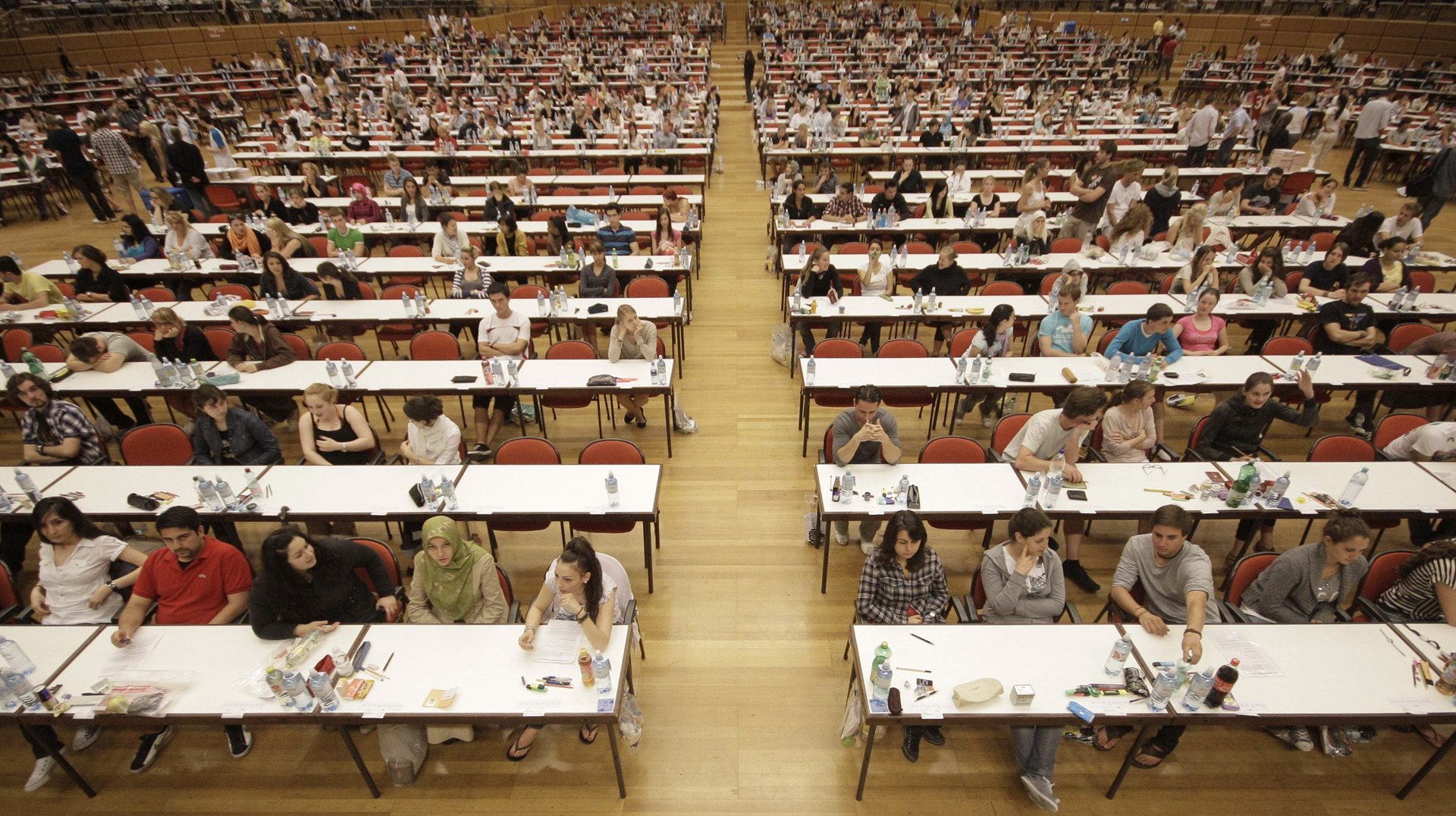The number of students globally has doubled since 2000—and it’s private colleges that are meeting the demand
Internationally, more students than ever are attending college.


Internationally, more students than ever are attending college.
Between 2000 and 2014, the number of students in higher education globally more than doubled to 207 million, according to a paper (pdf) published by UNESCO, together with the International Institute for Educational Planning and the Global Education Monitoring Report. As government universities struggle to accommodate the swelling ranks of students, private colleges are burgeoning.
The report found that enrolments in private colleges and universities account for 30% of all global enrolments. However, these private for-profit higher education institutions have been heavily criticized in some countries.
In the US, a 2012 report found that some private institutions have higher than average tuition rates, recruit aggressively, have low student retention rates, high rates of loan default, and offer little job placement assistance. Reporting by ProPublica found that some private universities also employ deceptive marketing techniques with recruiters making false claims. As for-profit education companies face growing scrutiny and tightening regulation at home, many have looked overseas, particularly to Latin America, for growth.
In 2015, over 60% of students in Brazil, Costa Rica, El Salvador, Honduras, Nicaragua, and Peru were enrolled in private institutions, and over 80% in Chile and Paraguay. “The government has had no choice but to work with the private sector,” Fernando Iunes, global head of investment banking for Brazil’s Itaú BBA, told the New York Times (paywall). “It cannot meet the demand on its own.”
Attending a private university is less common in Asia, where private enrollments make up 36% on student enrolments on average. But their popularity is growing in countries such as Indonesia, Malaysia, and Thailand, according to the UNESCO report.
US firm Laureate Education, which operates 70 institutions in 25 countries with more than 1 million students enrolled, is one company profiting from the global dearth of public universities. The company went public in February, raising about $490 million in its IPO. Doug Becker, Laureate’s founder and CEO, said that “projected growth in the middle-class population worldwide and limited government resources in many markets” created an opportunity for the company, as it announced $38 million in profits for the fourth quarter of 2016. The company credited its strong performance to growth in Latin American markets such as Peru and Mexico.
However, the growth of private higher education institutions has done little to mitigate the disparity of access to college. According to the UNESCO study, across 76 countries, 20% of the richest 25–29 year olds had completed at least four years of higher education, compared with less than 1% of the poorest.
“Demand for higher education is going to continue rising,” said Irina Bokova, the Director-General of UNESCO. “Governments must respond by introducing a range of new policies that will ensure expansion doesn’t leave the marginalised behind, and that access is based on merit, not privilege.”